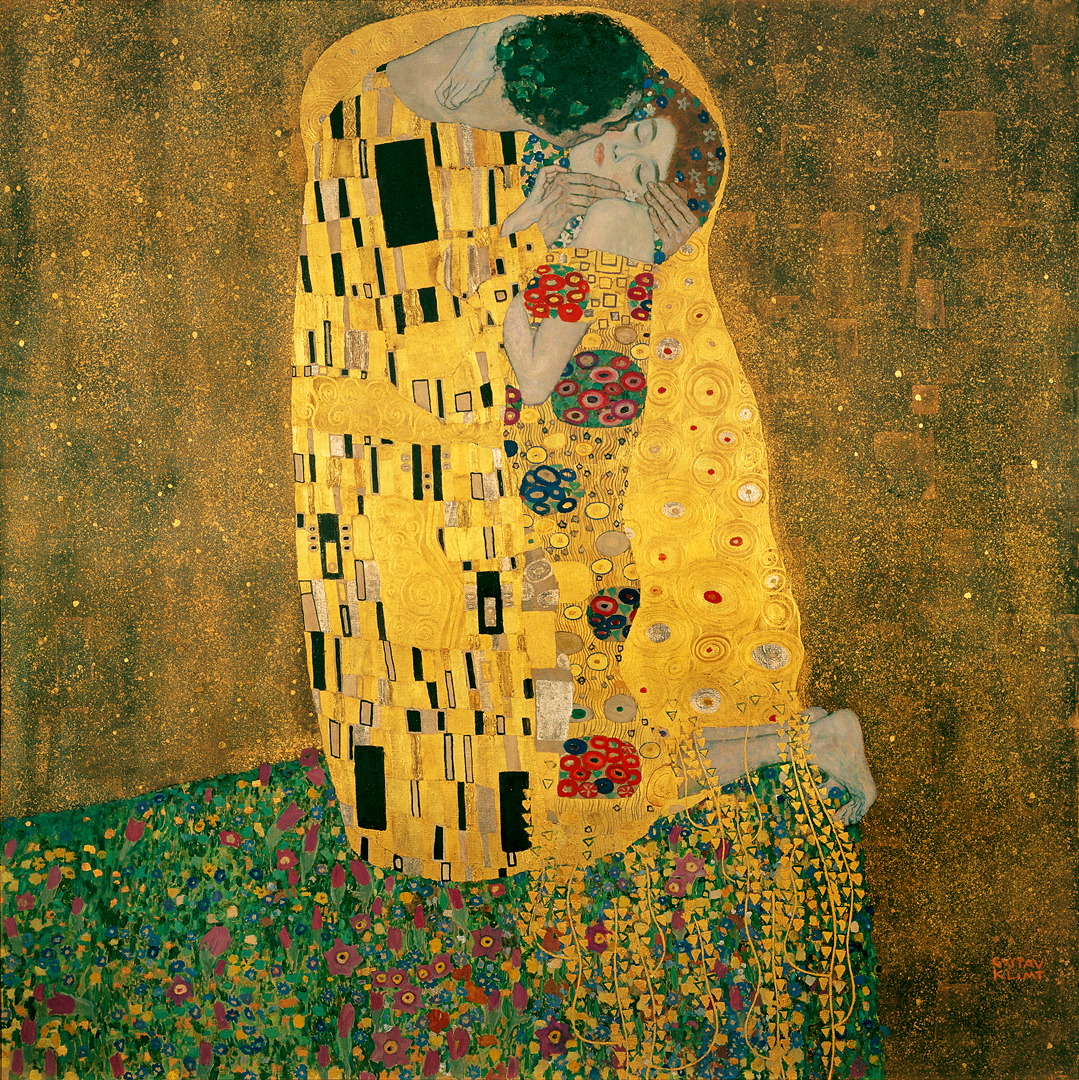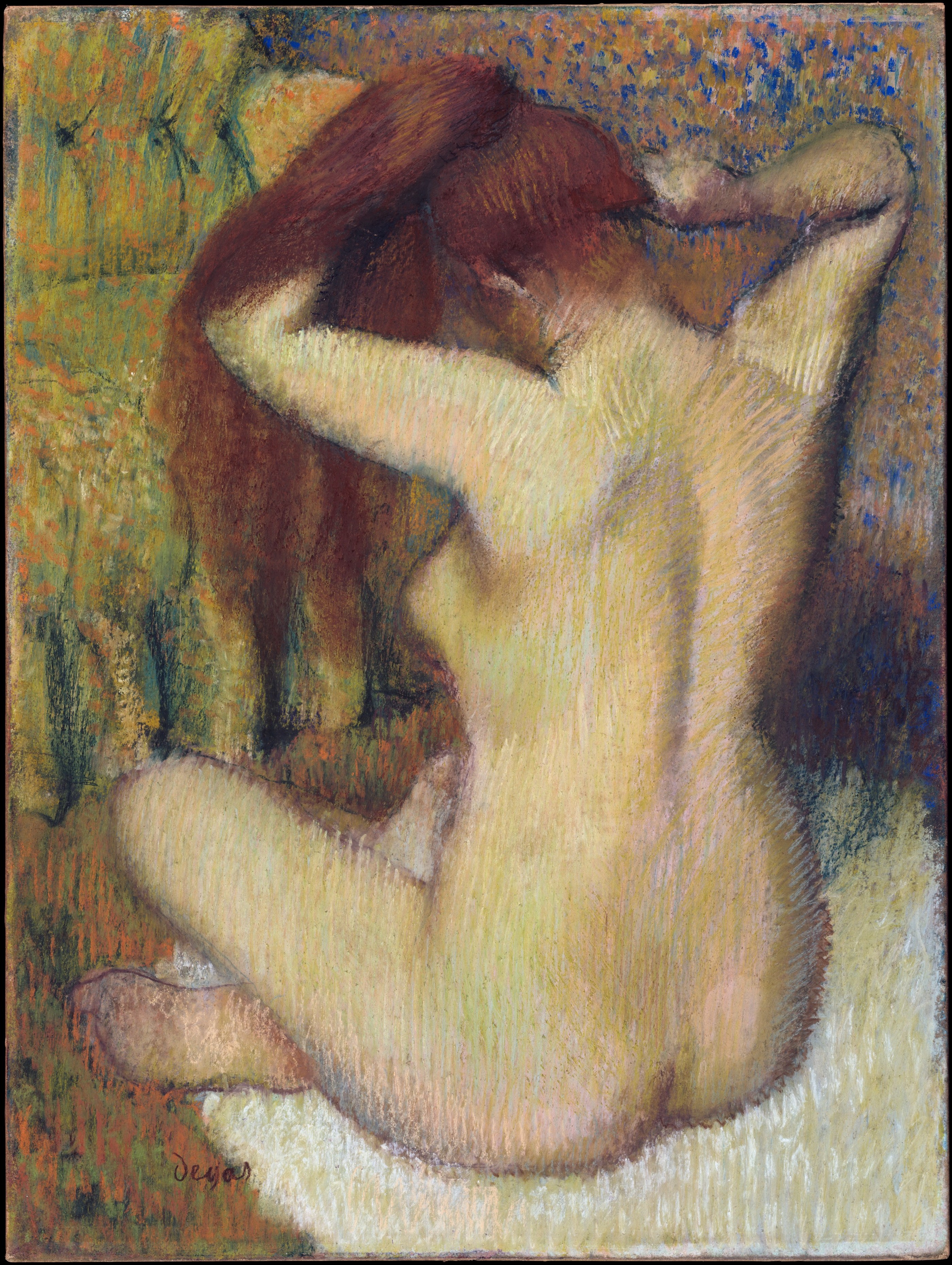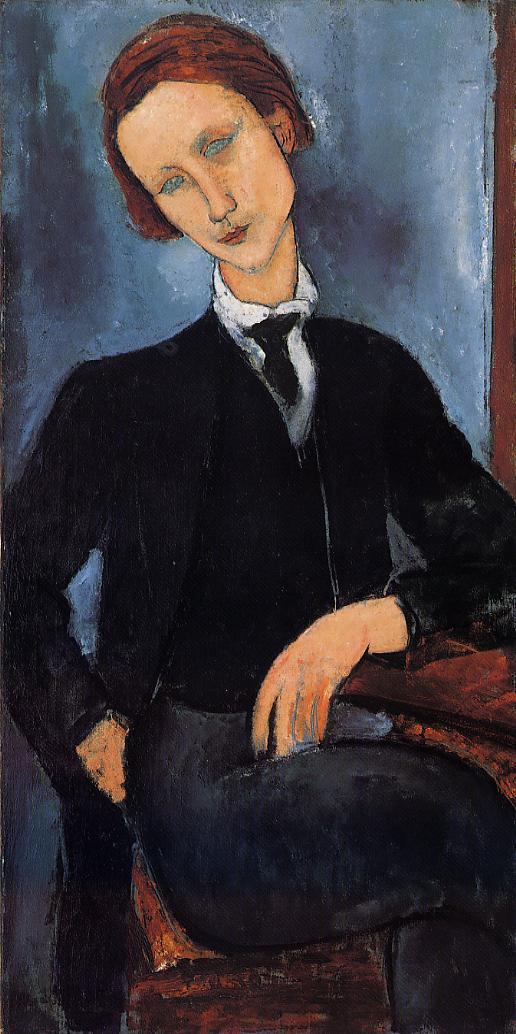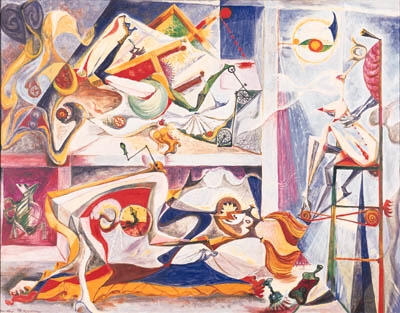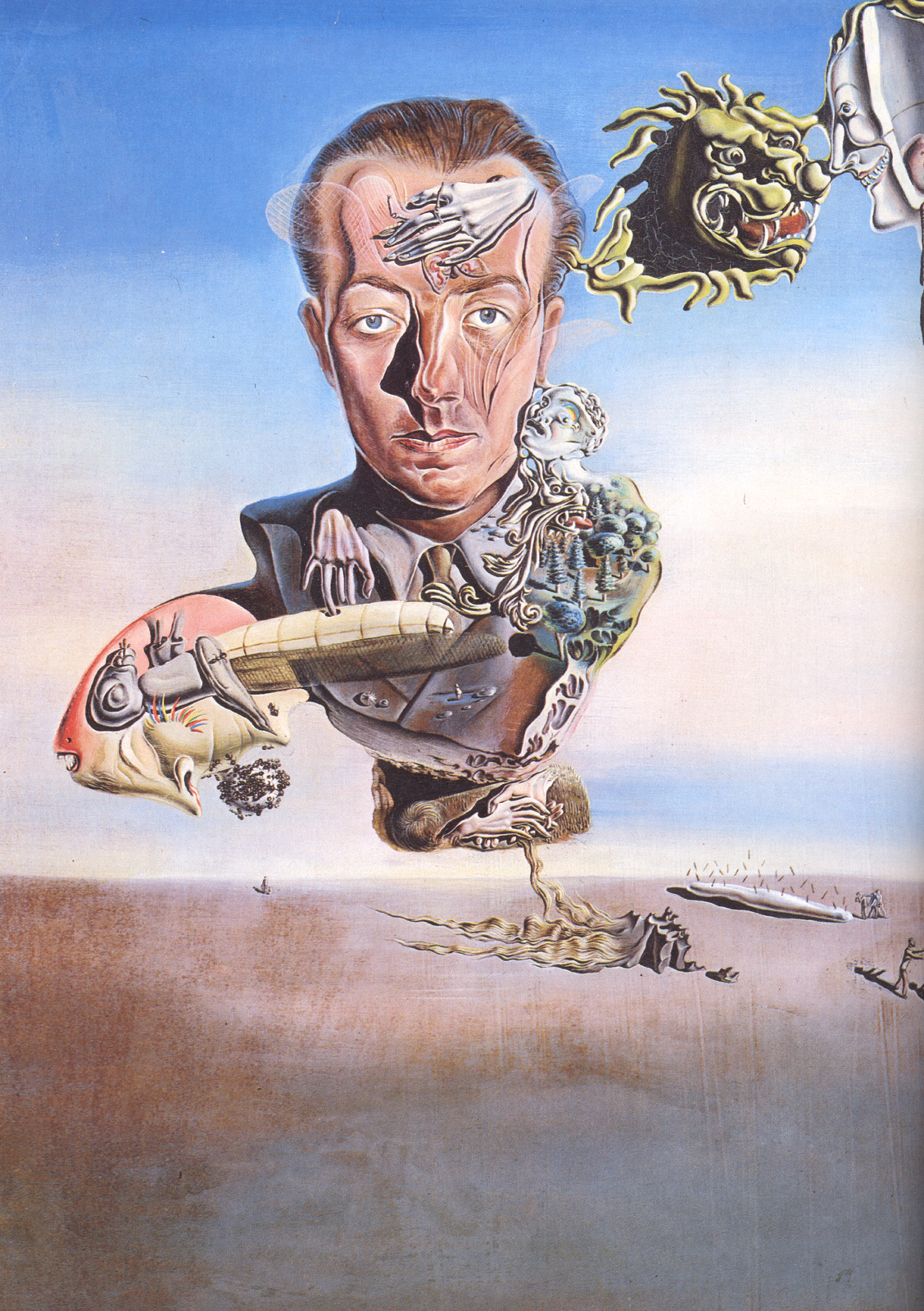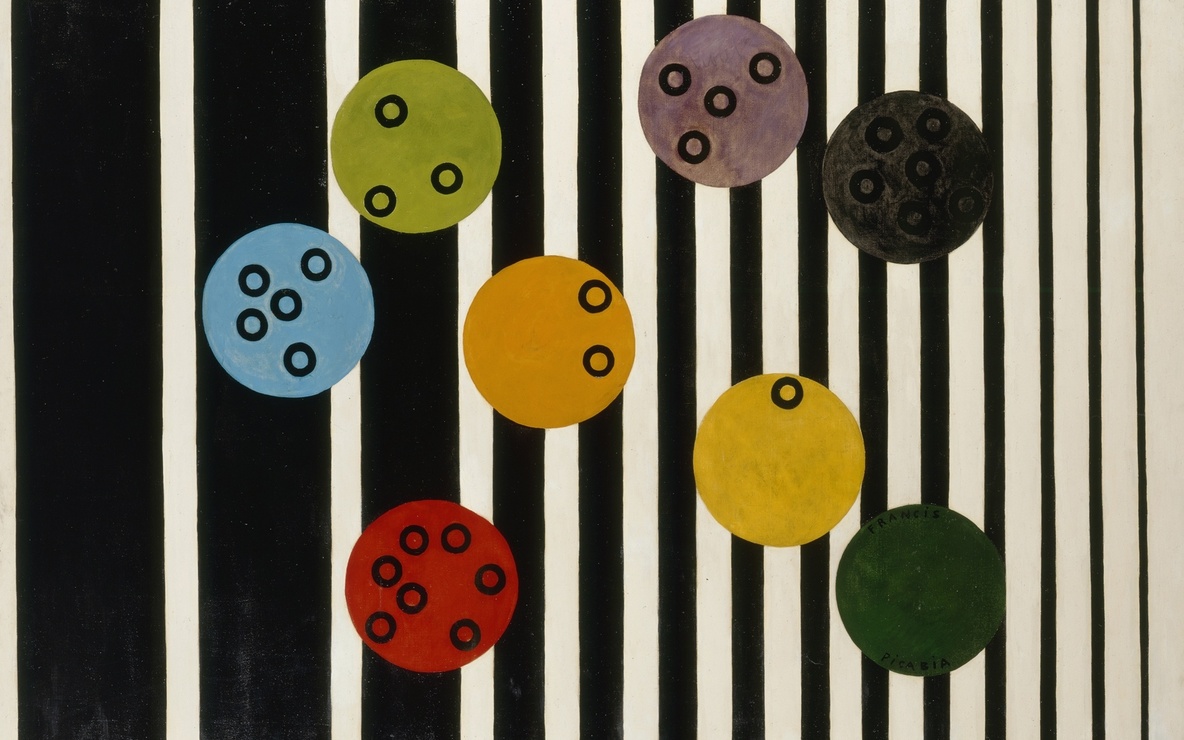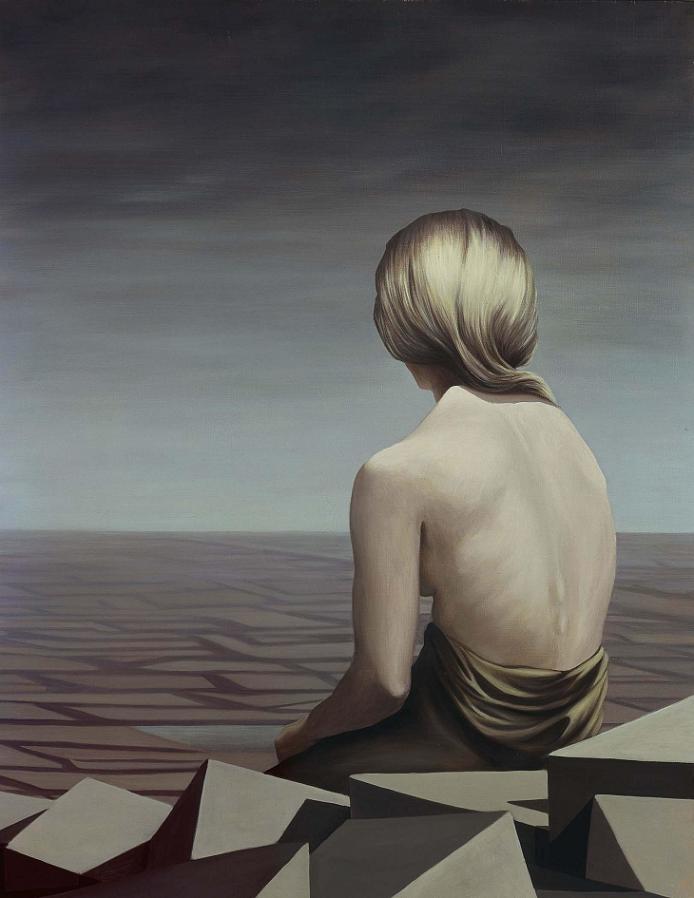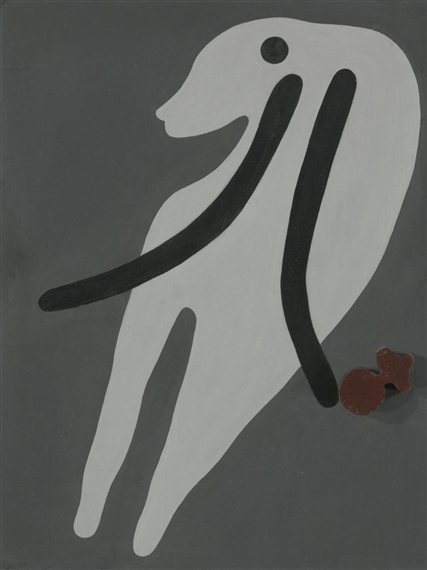D
Gustav Klimt, Bauerngarten (Blumengarten), oil on canvas, painted in 1907 (Estimate upon request)
Among the finest works by Gustav Klimt ever to come to auction, Bauerngarten was painted during the golden years of Klimt’s career and was a highlight of the critically acclaimed Painting the Modern Garden exhibition at the Royal Academy of Arts in London last year. This profoundly beautiful work is to be offered at auction for the first time in over two decades, set to lead Sotheby’s Impressionist & Modern Art Evening Sale in London on 1 March 2017.
KLIMT’S GOLDEN YEARS
While Klimt is largely revered for his opulent, symbol-laden portraits of the Viennese bourgeoisie, these works were just one aspect of his artistic expression. It is, arguably, in his landscapes, that he found the freedom to express himself, and to experiment, more freely. His landscapes, therefore, not only represent an important and highly personal facet of his career, but are also critical to our appreciation of the artist.
One of Gustav Klimt’s finest landscapes, Bauerngarten was first exhibited in the landmark 1908 Kunstschau in Vienna; a pivotal moment for Klimt – who had not had a public showing of his work for three years – the exhibition caused a sensation and confirmed the status of Klimt as the leading modern artist of his time. Even then the luminous painting was considered important, acquired just two years after by the National Gallery in Prague.
Landscapes are integral to Klimt’s oeuvre, revealing a more personal and experimental side to his painting that differs from his portraits, which were, for the most part, commissions. At the same time, even in his landscapes, there is often an echo of a figure – here, the shape of a woman is almost tangible under the triangular composition of blazing colours of the flowers. Indeed, Bauerngarten was painted at the same moment as some of Klimt’s most celebrated and innovative figurative works, including his golden portrait of Adele Bloch-Bauer and
the gilded Der Küss.
Gustav Klimt, Adele Bloch-Bauer I, 1907, oil and gold on canvas, Neue Galerie, New York
The joyous mood of the painting tells a story too. Each summer, Klimt would retreat to the shore of Attersee for three months to relax and paint, accompanied by family and friends including his lifelong companion, the celebrated designer Emilie Flöge. It was a happy time, and the inspiration for Bauerngarten was found in the rustic garden of a local farmer, with its informal profusion of poppies, daisies and roses transformed into a shimmering array of colour.
KLIMT & HIS CONTEMPORARIES
The influence of Impressionist and Post-Impressionist artists on Klimt’s landscapes is evident, from Claude Monet’s treatment of his famous waterlily pond to Vincent van Gogh’s ability to make canvases pulsate with energy.
The square canvas chosen by Kilmt for this work heightens its visual impact, and it was in the same decade that Monet started to use this format to depict his waterlily ponds at Giverny. Both Klimt and Monet used this technical innovation to break away from the accepted form of traditional landscape art. Stripping away the sky, both artists created increasingly abstract ideas of the landscapes they were creating, focusing less on faithful renderings but more on the fleeting yet joyous patterns and colours.
In 1906, Klimt attended an exhibition of works by van Gogh in Vienna, and his subsequent appreciation of van Gogh sparked a significant shift in his appreciation of paint. Drawing on this, the dynamic brushwork and vibrancy of Bauerngarten reflect this turning point in Klimt’s style.
GUSTAV KLIMT (1862 – 1918)
A market sensation (ranking among the few artists whose work has achieved over $100 million); Gustav Klimt is widely acknowledged as one of the founding fathers of Modern Art. Celebrated for his highly decorative style – a style that draws on his contemporaries Monet and Van Gogh but is at the same time unique – his unfading popularity is down not only to the universal themes with which he worked (love, beauty and death), but also to the ornate and jewel-like surfaces he created, thanks in no small part to the influence of Japanese art.
Claude Monet, Nymphéas, 1906, oil on canvas, The Art Institute of Chicago, Chicago
Vincent van Gogh, Nature morte, vase aux marguerites et coquelicots, 1890, oil on canvas. Sold at Sotheby’s New York in November 2014.
Vienna’s enfant terrible, he studied at the Vienna School of Arts and Crafts, before creating his own eclectic fusions of the old and the new, which have had a resounding cultural impact. Klimt’s legendary Portrait of Adele Bloch-Bauer I – painted in the same ‘golden’ years as Bauerngarten – was recently the subject of a widely acclaimed film - Woman in Gold, starring Helen Mirren and Ryan Reynolds. The painting that is the subject of the film is now the star attraction of the Neue Galerie in New York.
Pablo Picasso, Plant de tomates, oil on canvas, painted in Paris between 6-
9 August 1944 (est. £10,000,000-15,000,000)
Symbolic of victory in Europe, Picasso’s series of five paintings of a tomato plant in bloom in the Paris apartment he shared with his lover Marie-Thérèse are ripe with personal as well as wider political and cultural significance – a way of reflecting the spirit of hope and resilience that characterised this time. The most complex and visually striking example from the most sought- after series of the war period, Plant de tomates has been in a private collection for four decades since it was sold at Sotheby’s New York in 1976. This exquisite work is expected to fetch £10,000,000 – 15,000,000 as part of Sotheby’s Impressionist & Modern Art Evening sale in London on 1 March 2017.
In the summer of 1944, Picasso was staying with Marie-Thérèse at the Boulevard Henri IV in the weeks before the Liberation of Paris from the Nazis by the Allied Forces. Picasso began to take notice of the potted tomato plant that was growing besides the window of the apartment. These were not uncommon in civilian households throughout Europe at a time when food rations limited the amount of available produce for consumption. Seeing the resilient plant as a sign of hope as it continued to bear fruit, Picasso painted five canvases of the plant on a window sill between August 3 and August 12, 1944 – varying in degrees of abstraction. Thus he recorded this consequence of war as a source of admiration and a metaphor of human perseverance in times of strife.
In this work, the branches of the plant are weighed down with the heavy tomatoes – their arched shapes standing in contrast with the strong horizontals and verticals of the window, which fragment the composition into a grid-like form. For his palette, Picasso chose vibrant shades of red and green to emphasise the lush and fertile nature of the plant. The background view outside the window is painted with varying shades of yellow and grey, calling to mind the smoke and gunfire that could be heard throughout the city during these frightening last weeks of the war. Rarely has Picasso invested a still-life with such meaning and sociological importance.
Although not an active member of the Resistance movement, Picasso’s artistic activity during the war was deemed as heroic by many of his contemporaries around the world. His art was blacklisted by the Nazi regime and he was not permitted to exhibit his pictures publicly by government decree. However, by this point in his career, Picasso was financially secure and the paintings that he completed during this period remained in his studio – only to be exhibited after the war. A series of photographs that renowned photographer Cecil Beaton took of Picasso’s studio at rue des Grands-Augustins, several of them showing this work, gives remarkable insight into Picasso's work during this period. In the days leading to the Liberation – and in the midst of his painting of the tomato plant series – Picasso met with several British and American journalists and soldiers who wished to praise him for his accomplishment at his studio.
Pablo Picasso
Femme nue assise
oil on canvas
Painted in Mougins between 3
8 January 1965.
Estimate: £9,500,000-12,500,000
Painted at the home
that Picasso shared with Jacqueline in Mougins, Femme nue assise is one
of a series of large powerful canvases on the theme of the seated female nude
that bear witness to the extraordinary energy and creative urge that
characterised the artist’s later years. The painting has a monumental,
sculptural presence and is invariably depicted with a powerful sense of the
tension
between the invisible
artist and his sitter.
Painted in confident brushstrokes, Picasso was
able to isolate the symbols of erotic desire and threat embodied in the female
nude – subjects that fascinated and preoccupied
him. The motif of a nude figure seated in an armchair occurred repeatedly
throughout Picasso’s career. While varying in style and depicting different
women that marked each period of the artist’s life, these always served as a
vehicle of expressing the palpable sexual tension between the painter and his
model. The female figure here is inspired by Jacqueline Roque, the last love of
Picasso’s life. Jacqueline’s striking features are accentuated in an angular,
fragmented manner – the roots of which go back to the artist’s cubist
experiments. Whilst borrowing elements from his own artistic past, Picasso
created an image with a force and freedom he only achieved in the last decade
of his career.
Pablo Picasso
Femme assise dans un fauteuil sur fond blanc
oil on board
Painted on 25th March 1953 Estimate: £6,500,000-9,500,000
Painted on 25th March 1953 Estimate: £6,500,000-9,500,000
“Je vois souvent une lumière et une ombre” – Pablo Picasso
Femme assise dans un fauteuil sur fond blanc is a striking monochromatic portrait of Picasso’s lover Françoise
Gilot that encapsulates his unique technical ability and at the same time, it
is a personal, intimate work revealing the artist’s emotional state. Picasso’s
monochrome works have recently been the subject of a highly acclaimed exhibition
Picasso Black and White at the Guggenheim in New York, in which this
work was exhibited.
The period when Picasso was living in the south of France
with Françoise and their two children is known as his Mediterranean Years,
marked by a great personal fulfilment that filtered into his portraits of her –
resulting in some of his most elegant and innovative artistic explorations.
Using only white paint, Picasso reverses the traditional notion of line and
background and thus pushes the boundaries of two-dimensional representation. He
allows passages of unpainted brown board to play the role of the line that
describes the features of his sitter, and this linear treatment renders the
work extremely sculptural.
oil on canvas
38 1/8 by 51 1/8 in.
Painted between 20th and 26th March 1967.
38 1/8 by 51 1/8 in.
Painted between 20th and 26th March 1967.
Nu couché
et tête d’homme is a stunning brilliantly coloured example of one of Picasso’s favourite themes,
that of the artist and model. This series of works proved to be one of his most
passionate and energetic projects, inspired by the final love of his life,
Jacqueline Roque.
In this example, the male figure is depicted
as a musketeer – rendered with a wealth of vibrant colours, yet his presence is
a mere bust dominated by his nude companion. This vainglorious musketeer is a
form of self-portraiture for the artist, and the iconography of this is
indicative of Picasso’s self-awareness in the last decade of his life. The
motif of the reclining nude, reminiscent of Titian, is an example of Picasso’s
later works featuring subjects that referred back to great classic examples.
Picasso no longer had anything to prove, so his main interlocutors in these works
belong to the past.
Jacqueline was Picasso’s devoted second wife,
who remained with him until his death in 1973, and his renderings of the
unmistakable raven-haired beauty outnumber those of any other woman in his
life. In this work, the female figure possesses Jacqueline’s recognisable
strong nose and dark hair and her voluptuous curves and unrestrained pose
represent the object of the artist’s desire. Positioned directly in front of
the viewer, Jacqueline is identified as the universal and ultimate feminine
representation. The love that Picasso felt for his wife is reflected in the passionate
vitality of the colours and the excitement radiating from this canvas.
ART OF LIGHT
The sale presents a number of different expressions of the
sublime magic of light – full of rich contrasts. Two of the greatest works by
Alfred Sisley to appear on the market provide an insight into the influence of
the artist on the way we view and experience light in art – in beautiful
treatments of both summer and winter.
Paul Gauguin
Te Arii Vahine – La Femme aux mangos (II)
oil on canvas
Painted in 1896.
Estimate: £7,000,000 - 10,000,000
Painted in 1896.
Estimate: £7,000,000 - 10,000,000
Painted in Tahiti, this is an important and extremely
rare work from the artist’s best period. Executed during Gauguin’s second and
last visit to the South Seas, Te Arii Vahine is inspired by the lush
environment that surrounded him, displaying the vivid, sensuous atmosphere and
vibrant palette that characterises his most celebrated Tahitian paintings.
Attracted by the freedom, wilderness and simplicity of this remote place,
Gauguin produced works in which the fluidity and expressiveness of the
brushstrokes reflect the sense of artistic liberation.
The work is a smaller
version of a large masterpiece of the same title – translated as The Noble
Woman or King’s Wife – now in the collection of the State Pushkin
Museum of Fine Arts in Moscow, which is currently on view in Paris at the
Fondation Louis Vuitton in the highly acclaimed exhibition of The Shchukin
Collection.
Gauguin’s dynamic treatment of paint reflects
the richness of nature that excited the artist, dominated by bold contrasts of
bright blue and green tones and strong, flame-light reds and yellows – these
sumptuous colours inspired by the sunlight that bathed everything around him.
Mango trees were abundant in Tahiti, a part of the everyday life of the
islanders, and attracting the artist with their exotic appeal and potential for
luminous colours. The composition also draws on the Western canon with the
subject of a reclining female nude, which harks back to many precedents in
European Old Master paintings. Gauguin references Christian imagery, with a nod
to the tree of knowledge from the Garden of Eden and the implication that the
female is a sinless, Tahitian Eve – contrasting the two worlds and their conceptions
of sexuality.
oil on canvas
Painted in 1874
Estimate: £6,000,000-8,000,000
Painted in 1874
Estimate: £6,000,000-8,000,000
Falling snow or the snow-covered countryside offered
unparalleled opportunities for exploring the effects of light and weather on a
landscape, making winter scenes a key motif for the Impressionists. In this
rare snow scene by Sisley the bright blue sky alongside the striking interplay
between sunlight and shadow on the snow has a spellbinding effect. One of the
finest paintings by Sisley ever to appear on the market, this luminous work was
included in the seminal Impressionists in Winter exhibition held at the
Phillips Collection, Washington, D.C. and Fine Arts Museums San Francisco in
1998-99.
The painting dates from a pivotal period in
Sisley’s oeuvre when he was working with a group of artists including Monet,
Renoir and Degas on the plans for what came to be known as the First
Impressionist Exhibition. Dating from the same year as this influential
occasion, Effet de neige à Louveciennes epitomises the expressive style
pioneered by this group of artists.
Alfred Sisley
Le Loing à Moret, en été
oil on canvas
Painted in 1891.
Estimate: £5,000,000-7,000,000
Painted in 1891.
Estimate: £5,000,000-7,000,000
Le Loing à Moret, en été is one of Sisley's richest and most
accomplished riverscapes, combining the beauty of nature with the view of the
town’s picturesque architecture. Sisley first moved with his family to
Veneux-Nadon near Moret-sur-Loing in 1880, and continued to live in that area
for the rest of his life, moving several times between the two villages. The
mesmerising local scenery offered a constant source of inspiration to the
artist, who tried to capture the relationship between land, water and sky as
well as the changing effects of light on his surroundings. Juxtaposing
brushstrokes of bright yellow, green and purple tones, Sisley captures the
shifting effect of the intense blue sky on a bright summer day on the surface
of the water.
GERMAN EXPRESSIONISM
Ernst Ludwig Kirchner
Vier Akte unter Bäumen (Four Nudes under Trees)
oil on canvas
Painted in 1913.
Estimate: £3,500,000-5,000,000
Painted in 1913.
Estimate: £3,500,000-5,000,000
Kirchner’s primary concern was the representation of the
human form in its most primitive or uninhibited state, and the spontaneous
depictions of the body in Vier Akte unter Bäumen strongly reflects this
aesthetic goal. With an autobiographical subject matter, daring imagery and
vibrant palette, the work is testament to the painter’s avant-garde vision.
Painted in the final year of important artistic collective Die Brücke – whose
governing philosophy centred on freedom of expression – the work exemplifies
the zest and vigour of the movement. A large-scale, museum-quality painting, Vier
Akte unter Bäumen is appearing at auction for the first time.
Although drawn to dynamic city life in Berlin, Kirchner felt
a need to counteract it with painting trips in the countryside – spending
several weeks with fellow artists and their female companions and models,
bathing and playing nude and living in tents and huts. This experience of Free
Body Culture (Freikörperkultur) was coupled with tribal art and the
simple yet expressive forms of African sculpture. This work followed a summer
spent in Fehrman with Erna Schilling, who would remain his partner for the rest
of his life. In an almost Judgement of Paris style scene, Kirchner himself is
depicted with a high-hat and a pipe, surrounded by three female figures.
PASTEL
Edgar Degas
Femme nue, de dos, se coiffant (Femme se peignant)
Pastel on paper laid down on board Executed circa 1886-88
Pastel on paper laid down on board Executed circa 1886-88
Estimate: £6,000,000-8,000,000
Amedeo Modigliani
Portrait of Baranowski
oil on canvas
Painted in 1918.
Estimate: £10,000,000-15,000,000
Painted in 1918.
Estimate: £10,000,000-15,000,000
“To do any work, I must have a living person, I must be able
to see him opposite me” – Modigliani
Working in Paris for most of his career, Modigliani is today
considered one of the excess of $100 million and last June, Sotheby’s London
sold Jeanne Hébuterne (au foulard) – one of the greatest portraits the
artist painted of his most loyal muse – for $56.6 million.
Portrait de Baranowski,
depicting a young man with fragile goodlooks and a pensive, introspective air,
is a wonderfully elegant composition that powerfully synthesises all the
elements of Modigliani’s portraits in this period – from geometricsimplification
of the stylised human form to the almond, vacant eyes that render the sitter
impenetrable.

